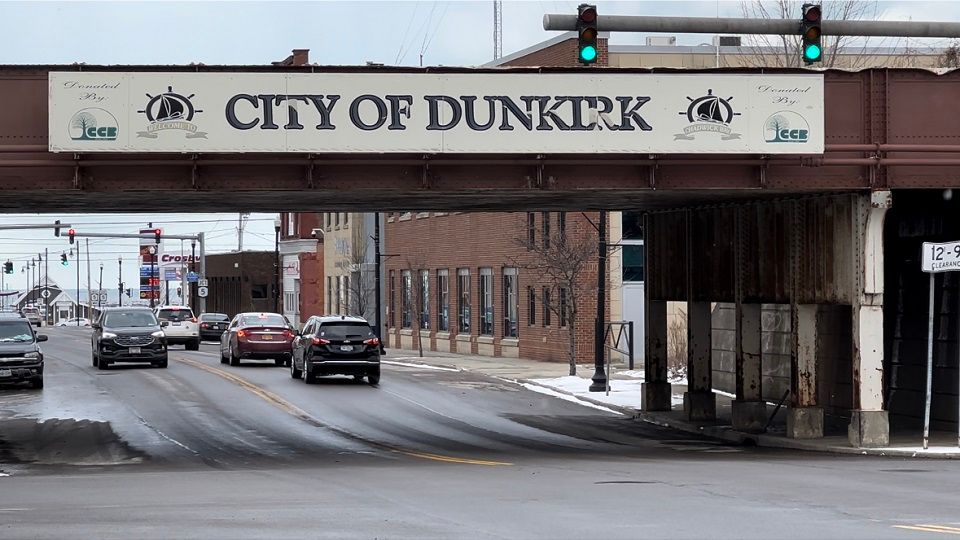Congressman Brian Higgins is pushing back against FEMA for what he calls flawed, inaccurate flood maps.
Higgins says the new map alters the flood plain on Cayuga Island in Niagara Falls and homeowners who did not have to follow the flood insurance mandate in the past now have to.
Homes on Cayuga Island, particularly along Little Niagara River, have been subject to winter flooding in the past.
Up until May 5, an older map from 2020 was followed.
Higgins says these maps do not accurately show flood risks in the area and do not take into account factors like ice breaking and changes to power plant operations to reduce flooding.
Higgins has been critical of various flood maps in the past.
He argues the basis for the flood insurance mandate isn’t justified when the water level is managed by the New York Power Authority and Ontario Power General Control stations.
Kevin Sullivan, FEMA External Affairs representative, released a statement:
"Flood risks change over time. FEMA continues to invest in updating and improving our risk map products to help homeowners and community officials better understand flooding risks and make good decisions when developing and protecting property. In Niagara County, FEMA conducted a study of the Lake Ontario shoreline to provide enhanced flood risk mapping. Like all coastal communities, the communities located along Lake Ontario are vulnerable to floods from a combination of rising water, strong winds and waves. While water levels in the Great Lakes have been at historic highs recently, high water levels alone won't necessarily cause flooding. However, when combined with a rain and/or windstorm event, flooding and erosion become much more likely for lakeshore communities. The current Flood Insurance Rate Maps (FIRM) is a result of a coastal flood study that assessed the effects of waves. The flood zones on the previous map only represented still-water elevations of Lake Ontario. FEMA exercises care to ensure that the methods used in flood studies are scientifically and technically appropriate, the engineering practices meet professional standards, and the results are accurately represented on the FIRM. The recent flood risk study of the shoreline in Niagara County utilized updated technological methods to collect data and the detailed analysis considers high-quality ground elevation data, local wave effects, and additional factors to indicate how flooding effects can differ depending on where you are located along the lakeshore during a storm event. With these improvements, the updated maps provide a more complete and accurate understanding of flood risk for the community. Following adoption of the new FIRMs, 98 structures were added to the high risk flood zone, known as the Special Flood Hazard Area (SFHA), while 44 structures were removed. FEMA flood maps are used to assess a home's flood hazard risk- not to determine if flood insurance is required, however, property owners may be required to purchase flood insurance if they have a mortgage from a federally regulated or insured lender. FEMA recommends that all home and business owners, including those outside the SFHA, consider purchasing insurance as a critical step to reducing risk. More than 20% of flood insurance claims come from low- to moderate-risk areas. The damage from even a few inches of flooding can cost tens of thousands of dollars to repair. Flood insurance is available to homeowners, business owners, and renters, regardless of their property's flood zone."









